Junaid is 20 years old, he thinks. He lived on the streets of Delhi from the age of 6 and when Saalam Balaak Trust took him in they looked at his bones to guess he was probably now 10.
Junaid was one of the approximately 150k kids who live on the streets of New Delhi. He survived for 3 years, unfathomably to me, by rag picking and scavenging. Now he is a tour guide, leading City Walks with a difference, and talking candidly about life on the streets for kids in Delhi based on his personal, very raw, experience.
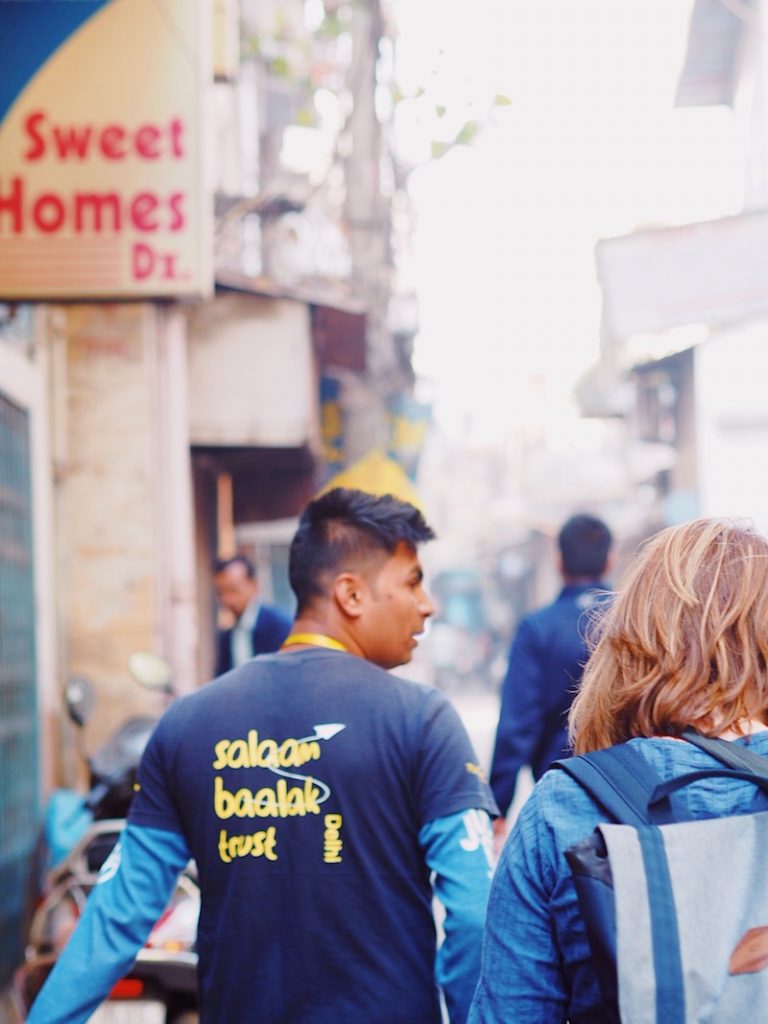
“What do you think street kids spend money on?” He asks our group who immediately think of our bellies.
“Not food,” he tells us. Food is easy to find on the streets, what most street kids need to get through the day is a distraction.
Junaid explains the simple fact that there is nowhere safe to store money when you have nowhere to live. Everything you earned must be spent the same day or will likely end up stolen. For him and the other children he lived with in New Delhi Train Station, substance abuse and Bollywood movies were their main form of entertainment. Junaid confesses that most of the money he earned on the streets was spent on glue and, on some days, harder drugs too. I cannot (or don’t want to) believe this was his reality at 6 years old.
Read also: 5 best tours to do in Delhi
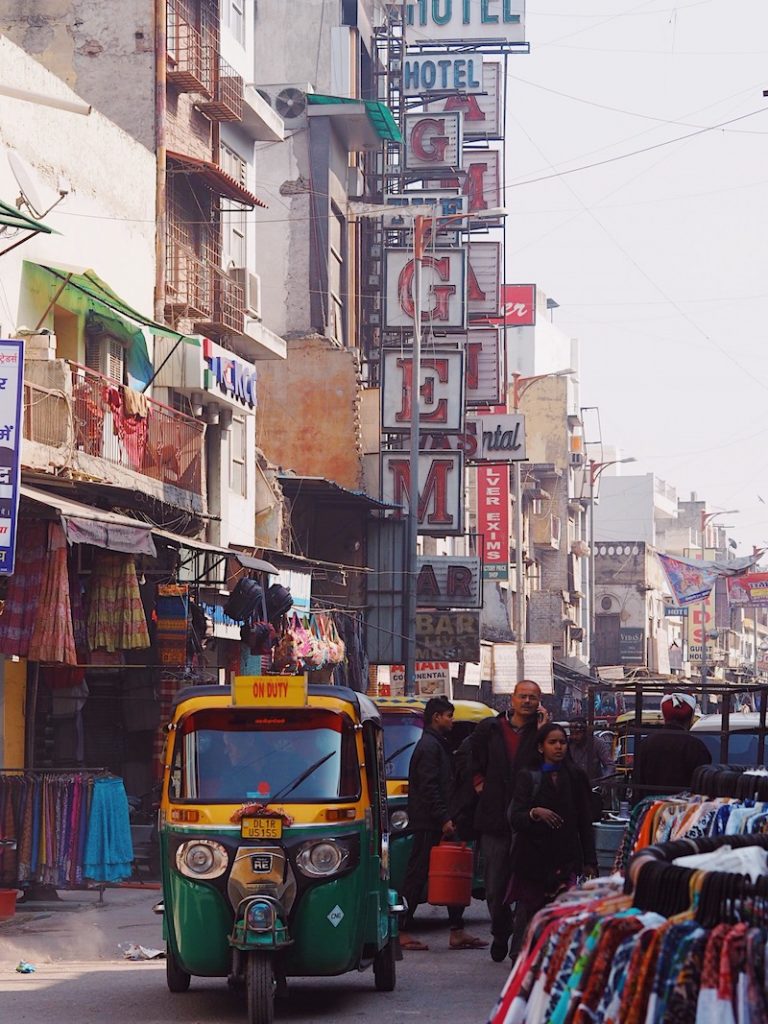
Salaam Baalak estimate that another 85 kids like Junaid arrive in New Delhi stations every single day. Although often referred to as orphans, this is not necessarily the case. Kids end up on the streets for a number of reasons – they may have been lost, abandoned, stolen or abused. In Junaid’s case, he ended up in Delhi after running away from his village. After his father died his mother struggled to feed the family so up and away he went to the city.
As we walk through the streets where Junaid used to pick litter, we learn more about the work Salaam Baalak does with street kids. Through their 5 shelter homes and 13 contact centres across India, Salaam Baalak (a non-profit NGO) offer shelter, education, therapy and healthcare to these forgotten children.
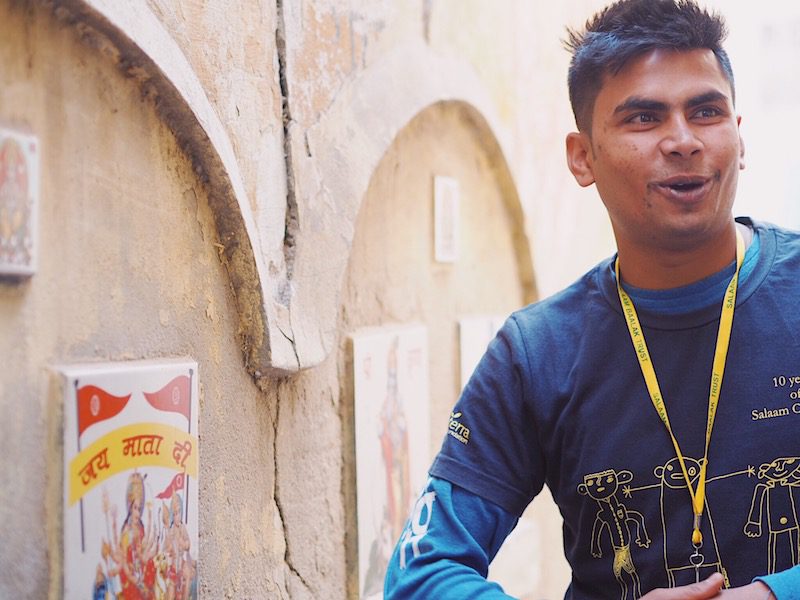
Getting them off the streets is not as easy as you’d think though. The kids may be used to their freedom, addicted to drugs, or simply too afraid to trust the people reaching out to them. Junaid admits it took 18 months for him to trust that the social worker at Salaam wasn’t a pimp or organ broker (his words). It was only when a friend who had been helped by Salaam came to tell him they could be trusted that he went to one of their centres. That’s why former street kids are now the best ‘motivators’ (outreach workers) for the charity.
On our City Walk tour with Junaid we visit one of the contact centres, where kids can drop in for healthcare, counselling or somewhere safe to watch a movie, as well as their office where they hold classes for young children who would usually be begging. These children, some as young as 5, come willingly to study rather than work the streets, and not even our visit takes them away from their books.
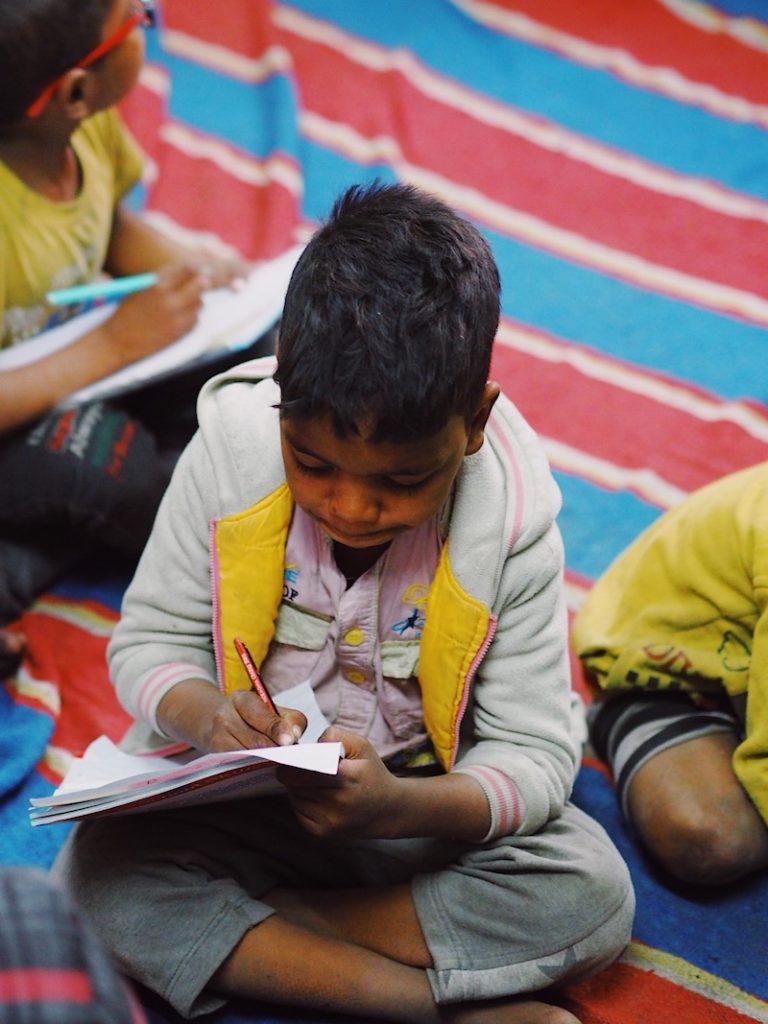
It is at this centre that Junaid asks if he can share the end of his story. He points to pictures on the wall of City Walk guides, past and present, all of whom were former street kids. Some have moved on to careers in engineering, a few are studying for degrees at American Universities and some, like him, are completing their high school education. He shares with us his ambitions for the future and then, with a massive smile, says that thanks to Salaam he has also reunited with his mother. In 2014, the trust tracked down his village, over 1000km from Delhi, and Junaid went home for the first time in 7 years. Beaming he tells us that his mother was very shocked to see him but so proud of what he is doing.
Everyone in the room struggled to hide their tears.
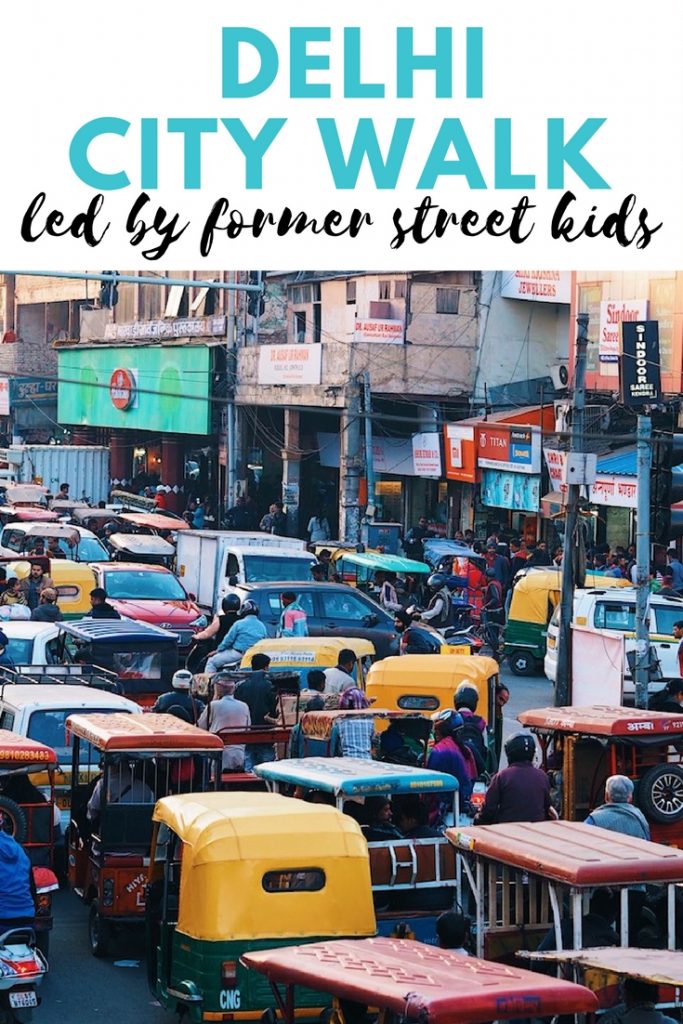 More Info
More Info
City Walk is a G Adventures-supported project in association with Salaam Balaak Trust. The youth-led walk of Delhi is included with the Agra Independent Adventure, which I was a guest of in February 2018.
Donations to Salaam Balaak can be made on the day or via paypal.
I travelled as a guest of G Adventures on the Agra Adventure in India.
Read also:
Private tour of the Taj Mahal – Agra With G Adventures Part 1


What a creative tour!! I absolutely love this idea. + I love that it’s jot just a gimmic you had a great time too.
Totally, it was actually really interesting to go to the office at the end and see the behind the scenes of the charity. They are doing such an amazing job with skeleton staff.
Oh god, this is so sad (yet hopeful). What a life he must have had. It’s hard to believe this kind of thing is still going on in bloody 2018 when people are wasting money on all sorts of materialistic goods they don’t need. Best of luck to him and his project!
Isn’t it just! His story reminded me so much of the movie Lion which I think many of us thought was a one-off but is sadly the reality for so many children in India.
Love that you wroye about this. Such a touching post
Thank you Jessie, it’s one of those experiences that stays with you. Plus the more people know of their work the better right?
i love it when someone writes that detailed post about one of the destinations in India… great walking tour…
Thank you Mitali. It really was a walking tour with a difference and I tried to illustrate that as best as possible.
Gosh, what a touching story and such a unique idea to get visitors immersed in the reality of the city. This has such a strong impact through your beautiful description and photos, thank you so much for sharing!!
Thanks Suzy. That was one of the things I appreciated about this tour too – you get a sense of the reality for these kids but in a way that’s not voyeuristic or exploitative. I hate to make assumptions about people in developing countries as I obviously have a very different perspective. This way the kids get to share their perspective with you instead.
Very important work they are doing. It’s so sad to me to think that there are children living like this. Thanks for sharing this story. We need to be aware of these social issues in order to help bring change.
Exactly. I had no idea about the large number of children who lived on the streets in India and also that they are so young. Even though he told me about it, I still cannot imagine Junaid living on the streets at aged 6.
Beautifully written and a wonderful idea – heartbreaking to imagine that this is the reality of so many people though, not just in Delhi but in cities everywhere.
It really is. It was heart-breaking to hear Junaid talk about his childhood, knowing that his story is the sad truth for so many.
It’s good to know that those streets kids are now helping the city in promoting tourism. At the same time they have decent job to support their needs. I hope the organization can help more street kids in the future.
Oh wauw that is such an eye opener.. It’s so wonderful to live a life like that and then grow up to not hating everyone around you but instead wanting to make a difference for other kids. Very inspirational and awesome that you bring it to your readers attention!
What a touching story, very inspiring!